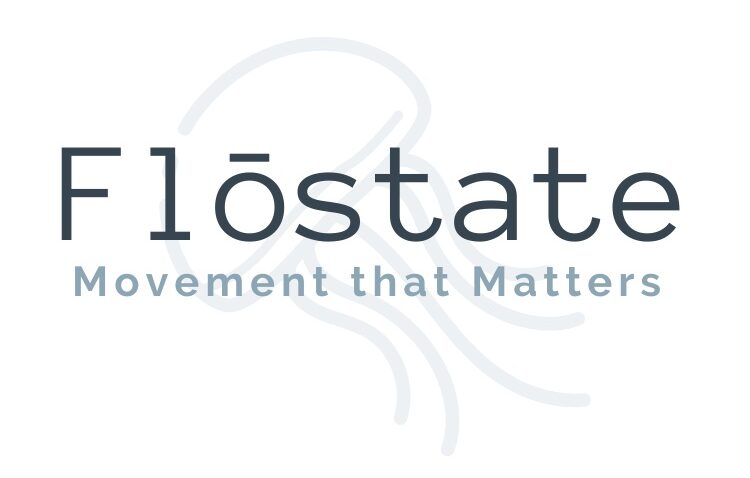They call me the Queen of Core — not because I wear a crown to class (though that would be fun!) — but because I’ve spent the last 13 years teaching people that your core isn’t just about abs. It’s about how you move, breathe, and feel every single day.
As someone who teaches nearly every core class for Flostate, I’ve seen firsthand how transformative a strong midsection can be — for your workouts and your everyday life. Whether you’re chasing kids, lifting groceries, or pushing yourself in the gym, your core is the foundation that holds it all together.
Here’s what I want everyone to know about core training — straight from the Queen herself. 👑
1. Training your core is non-negotiable.
A strong core provides stability for your hips, protects your back, and helps you maintain good posture and balance. It supports you in every move you make — from getting out of bed to picking up your dog to running a 5K.
When your core is strong, you move better, feel better, and live better. It’s one of the best forms of self-care you can give your body.
2. You’ll breathe better.
Your core muscles don’t just stabilize you. They also play a major role in how you breathe. A strong core supports your diaphragm and helps your respiratory muscles work more efficiently, improving your breathing mechanics and posture.
Translation? You’ll feel more centered and calm during workouts, and even just walking around in daily life.
3. You’ll be more powerful.
Every movement starts from your center. Your core is the power bridge that transfers energy between your upper and lower body.
Try swinging a bat, jumping, or squatting heavy without engaging your core — it doesn’t work! A stable core allows you to produce more force, move with control, and perform better in any activity — from sports to strength training to carrying all the grocery bags in one trip.
4. You may look leaner (but it goes beyond aesthetics).
Yes, training your core can create a “drawing in” effect that helps you look leaner — improved muscle tone, posture, and alignment all work together to create that appearance. But the best part? It’s not just about looks.
A stronger core can help you feel more confident in your body, reduce discomfort, and move with ease…which is way more satisfying than any six-pack could ever be.
5. It’s more than crunches.
Your core is made up of over 30 muscles that wrap around your midsection like a natural corset — including your deep stabilizers, obliques, and back muscles.
True core training means working in every direction: flexion, extension, rotation, and anti-rotation. It’s about improving function and control — not just doing endless crunches. When you train movement, not just muscles, your whole body benefits.
After 13 years of teaching core classes, I can tell you the magic happens when people stop chasing flat abs and start training for strength and stability. That’s when everything changes.
6. Core training builds confidence.
There’s something powerful about feeling strong from the center out. A solid core changes how you stand, move, and carry yourself — and that strength translates into every part of your life.
Ready to strengthen your core (and your confidence)?
Join me for a Flostate Core class on-demand and learn how to build strength from the inside out. Whether you’re new to core training or already love it, you’ll move better, breathe deeper, and feel stronger than ever. New to Flostate? Try our 14-day free trial to get going!
See you on the mat,
Alice 💪👑
The Queen of Core
